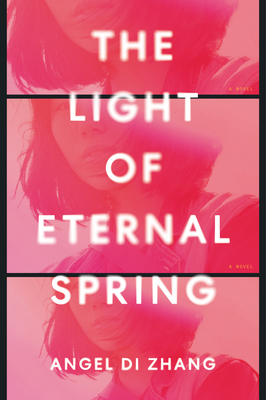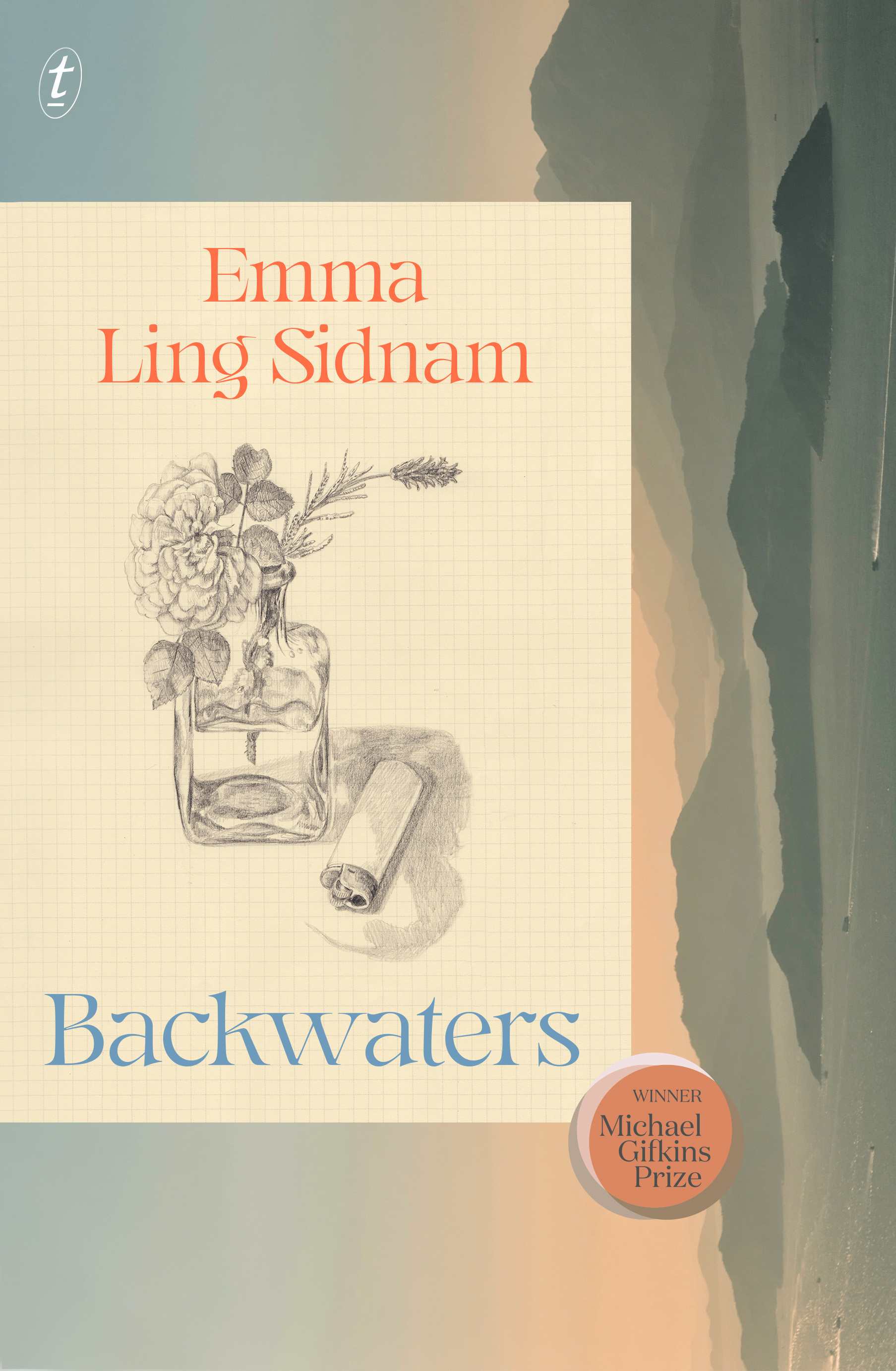
The Light of Eternal Spring
Book Description
A world on the brink of despair blossoms unexpectedly when a young woman, burdened by her past, discovers a hidden sanctuary that promises renewal and healing. With danger lurking in every shadow and voices from her fractured family echoing in her mind, she must navigate treacherous alliances and deep-seated betrayals. As friendship blooms into an unexpected romance, the delicate balance between hope and despair hangs by a thread. Will she embrace the light that has the power to transform everything she knows, or will darkness claim her once and for all?
Quick Book Summary
"The Light of Eternal Spring" by Angel Di Zhang is a sweeping tale set in contemporary China, where adversity and magical realism collide. The novel follows a young woman haunted by a traumatic past and the loss of her fractured family. Seeking solace, she stumbles upon a hidden sanctuary—a place imbued with whispers of renewal and ancient magic. As she becomes entangled in the lives of sanctuary residents, she uncovers both genuine camaraderie and treacherous betrayals. Threads of romance emerge, offering glimmers of hope amidst ambient danger. With her emotional and physical survival at stake, her journey becomes a delicate dance between embracing the restorative light of the sanctuary and succumbing to the shadows of the past. Ultimately, the novel explores the transformative potential of hope, forgiveness, and human connection in the most unlikely places.
Summary of Key Ideas
Table of Contents
Healing from Generational Trauma
At the heart of the story is Li Wen, a young woman mired in grief and pain caused by her fractured family and a series of betrayals. Her journey begins in a contemporary Chinese city sharply divided between opportunity and hardship. Haunted by voices and memories she cannot silence, Wen is drawn to the borders of society, searching desperately for meaning and escape. Her past continually surfaces, coloring every relationship and sowing seeds of distrust even as she yearns for healing and belonging.
The Sanctuary as a Symbol of Renewal
Wen’s discovery of the hidden sanctuary marks a significant turning point. The sanctuary is an insular, almost mystical place untouched by the world’s despair. Here, she finds a tapestry of unconventional characters who each carry their own secrets and wounds. The setting is described with magical flourishes—blooming flora in impossible seasons, ethereal music, and moments that blur reality and myth—creating a liminal space where renewal feels possible. The sanctuary becomes both a place of observable safety and symbolic renewal, igniting Wen’s journey toward hope.
Navigating Trust and Betrayal
Central to Wen’s struggle is her navigation of precarious relationships within the sanctuary. While some residents offer genuine friendship and empathy, others harbor agendas that endanger both Wen and the sanctuary itself. Interwoven with themes of trust and betrayal, Wen’s journey is marked by moments of vulnerability and risk. The voices of her family haunt her choices, shaping her perceptions and reactions, as she seeks to discern ally from adversary in a world where motivations are never transparent.
The Interplay of Magical Realism and Tradition
The novel's magical realism is intricately linked to tradition and collective memory. Supernatural elements—such as visions, inexplicable recoveries, and ephemeral connections—are grounded in cultural lore and rituals drawn from both personal and collective Chinese pasts. This blending serves as a narrative device not only to illuminate the protagonist’s internal conflict but also to underscore the enduring influence of generational experiences, as the magical becomes a source of both comfort and challenge.
Embracing Transformation and Hope
As Wen’s connection to the sanctuary and its inhabitants deepens, an unexpected romance blooms, becoming a catalyst for her transformation. Emboldened by love and friendship, Wen confronts her deepest fears and reconsiders the cycle of despair that has defined her. The sanctuary’s magic becomes a metaphor for the redemptive possibilities of human connection. In the climactic final act, Wen must choose between succumbing to darkness or embracing a hard-won hope—ultimately illustrating the persistent, life-affirming light that can emerge even in the shadow of betrayal and loss.
Download This Summary
Get a free PDF of this summary instantly — no email required.





